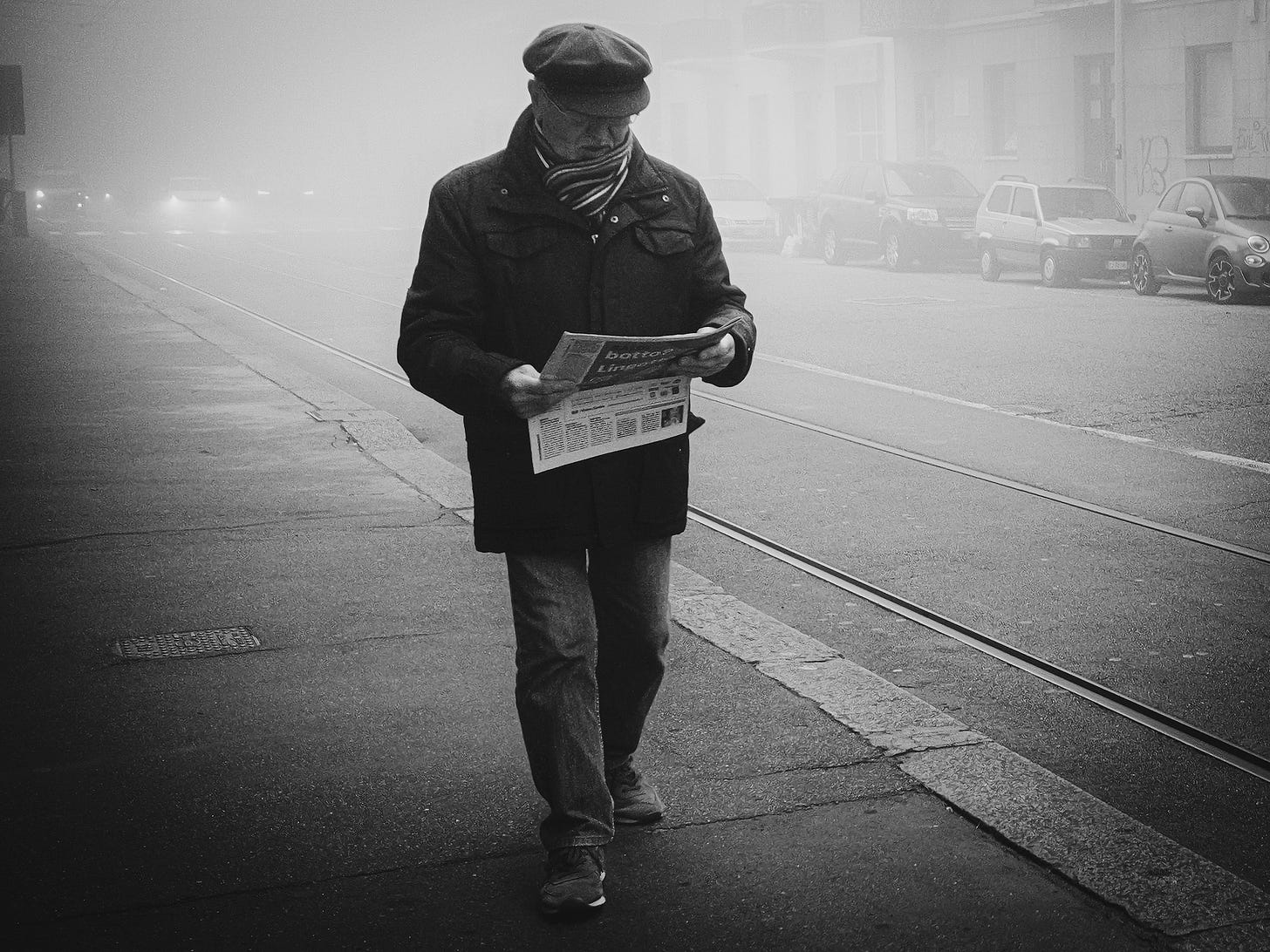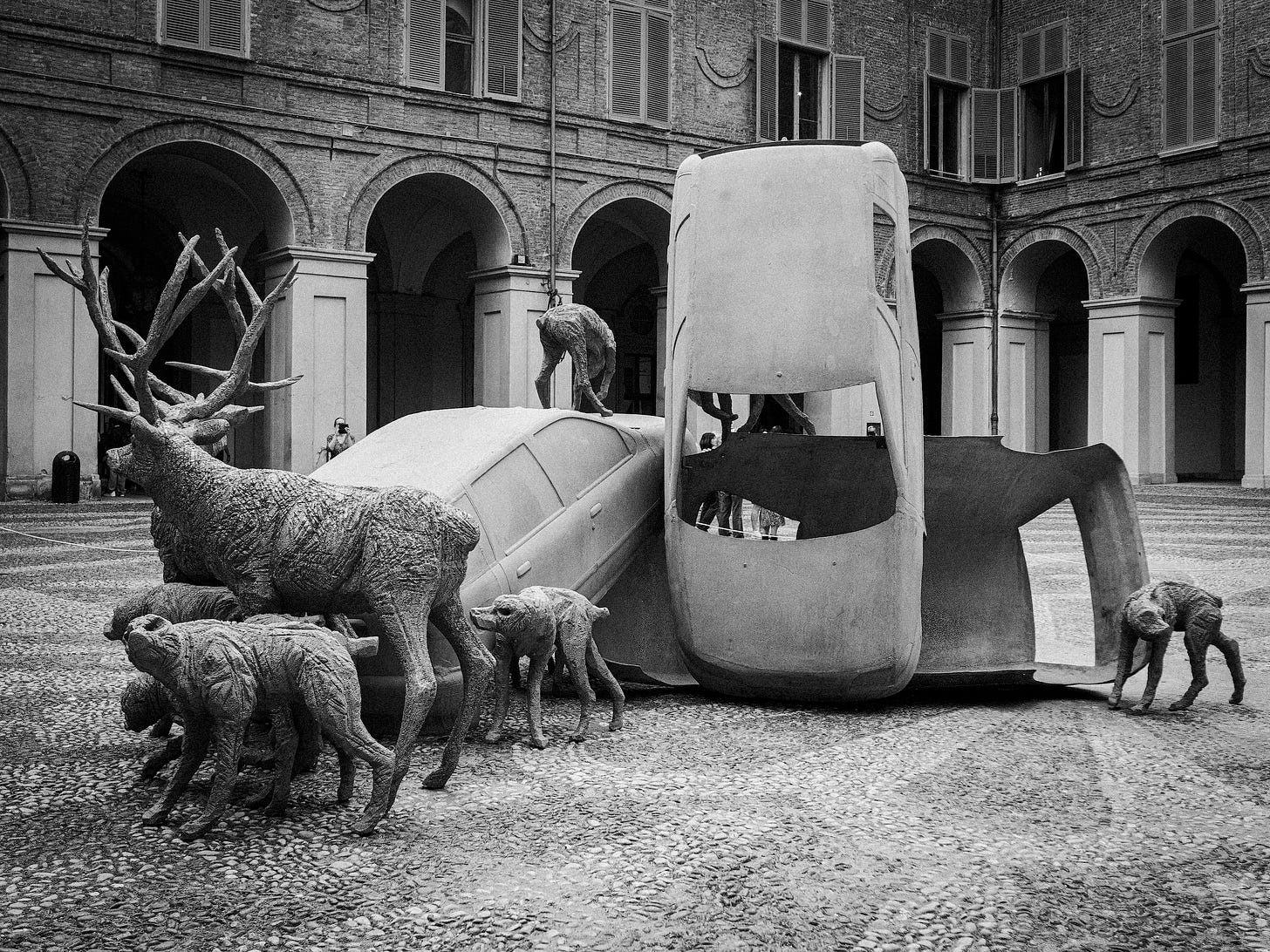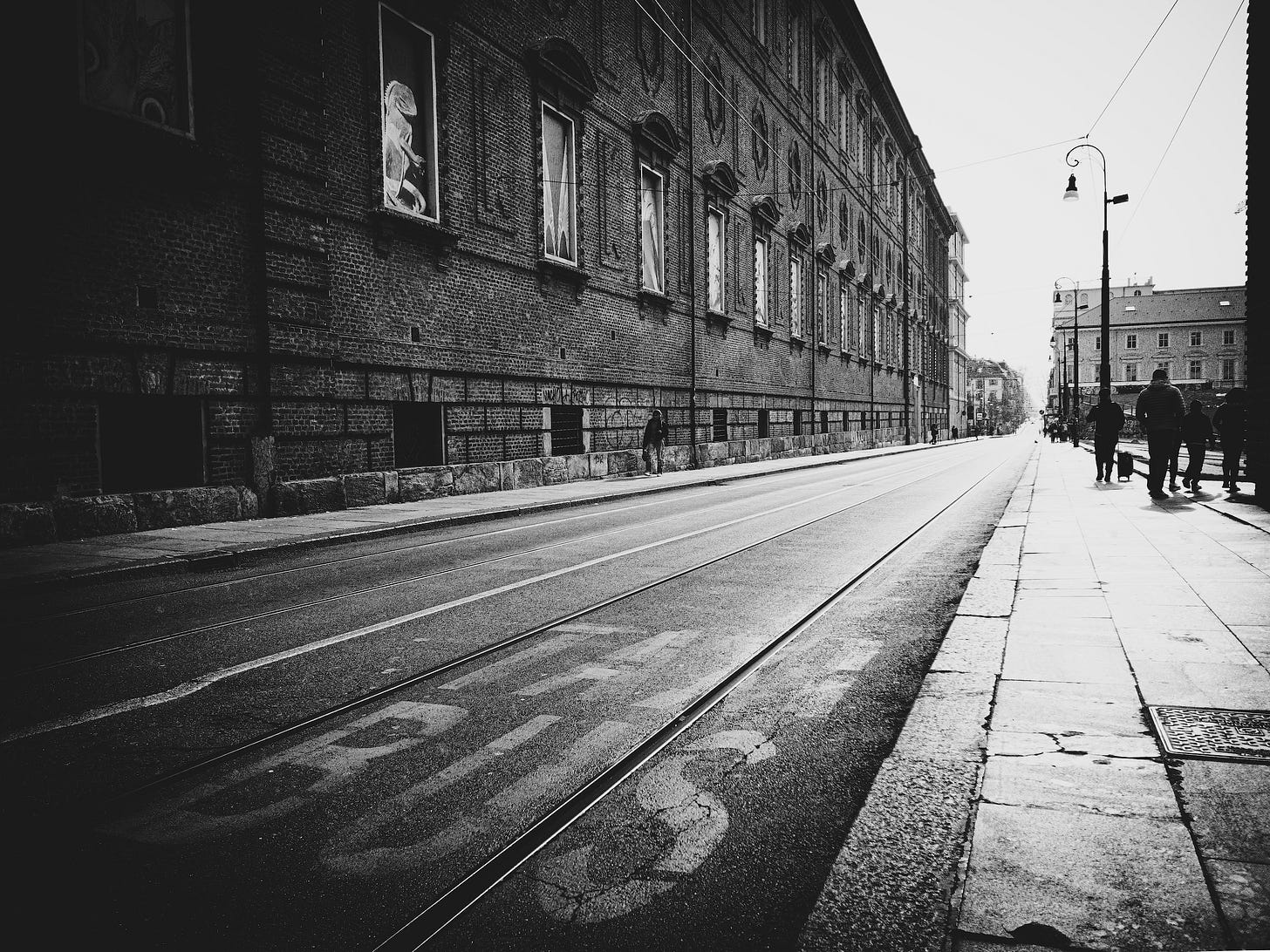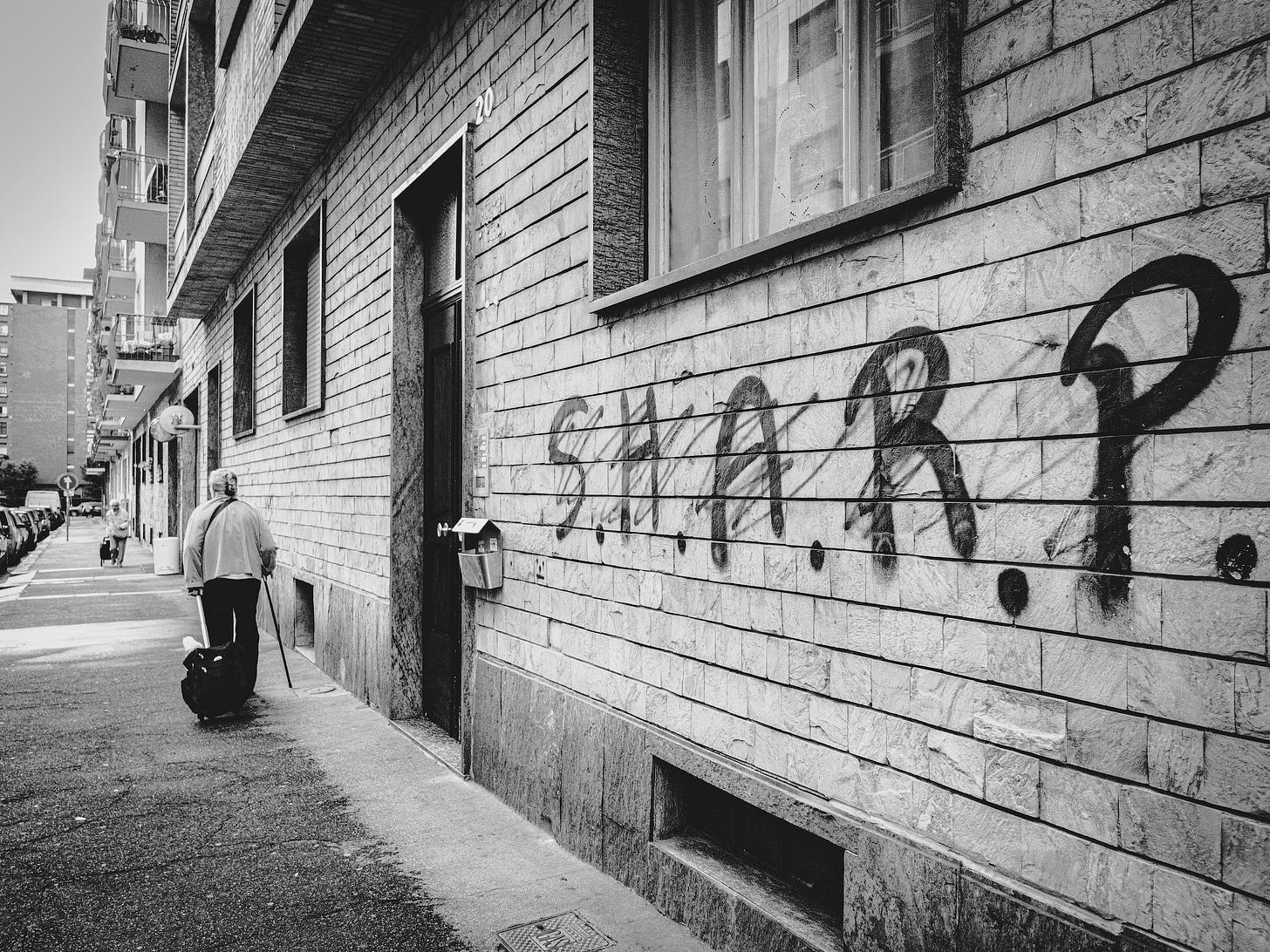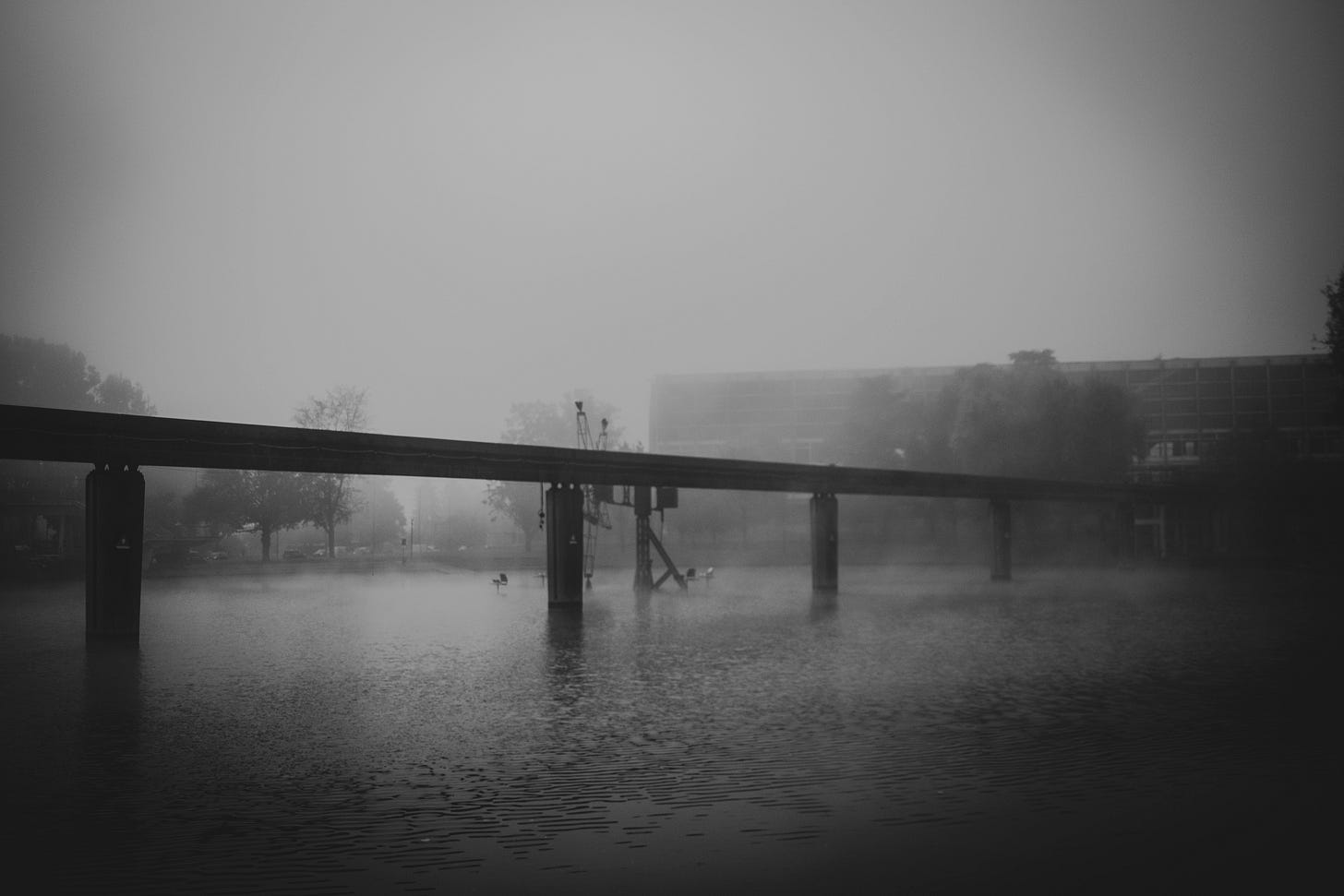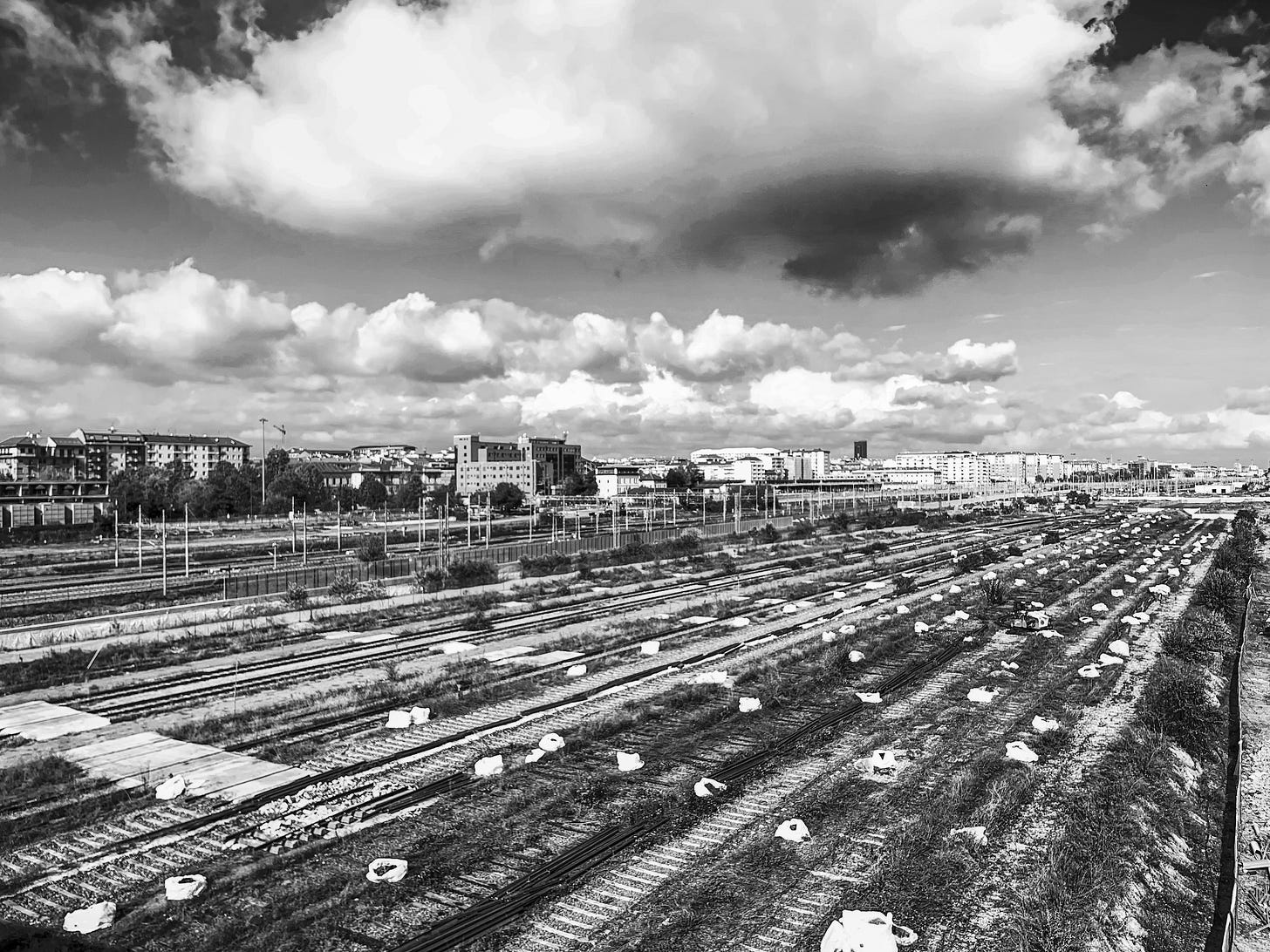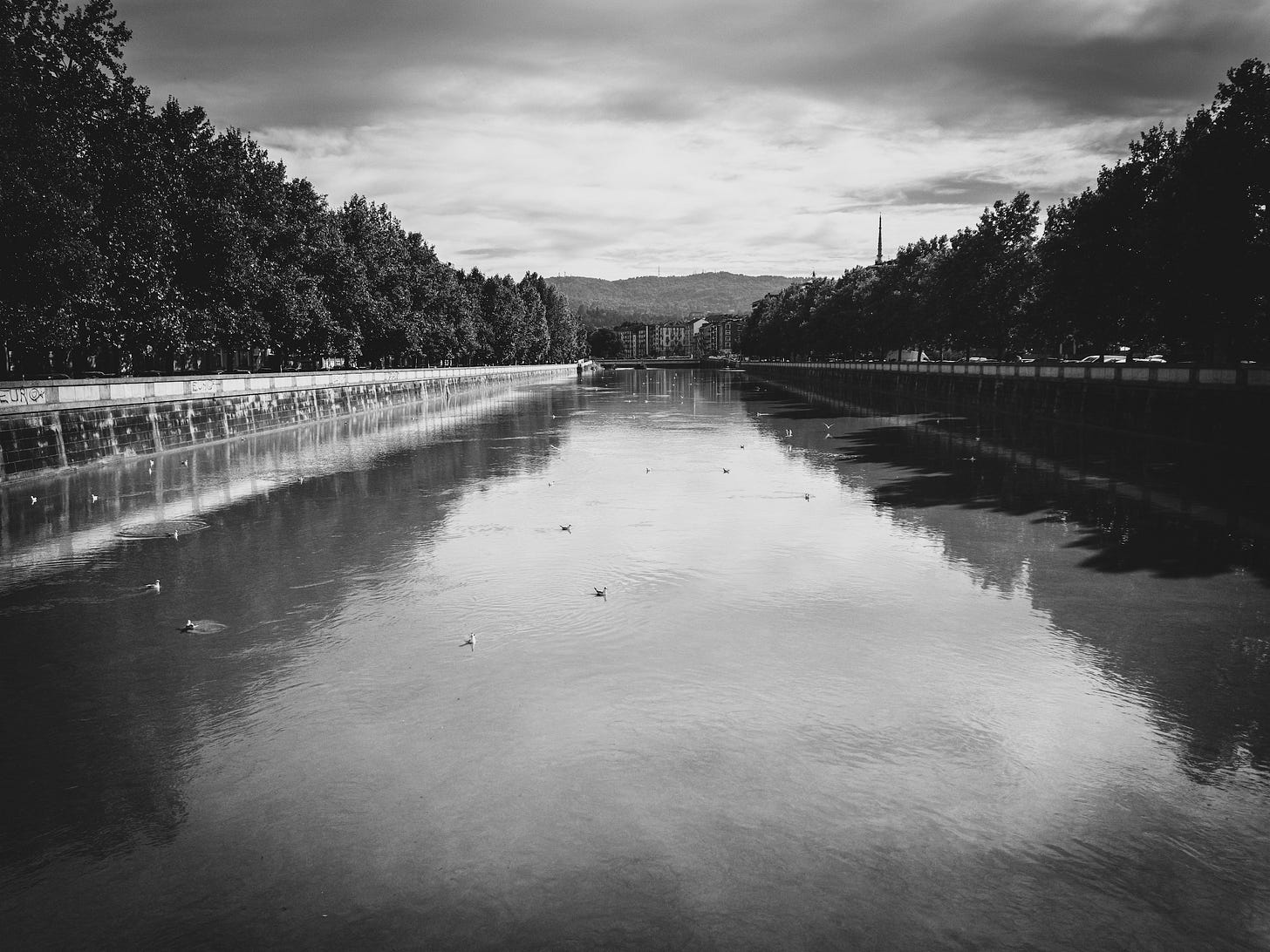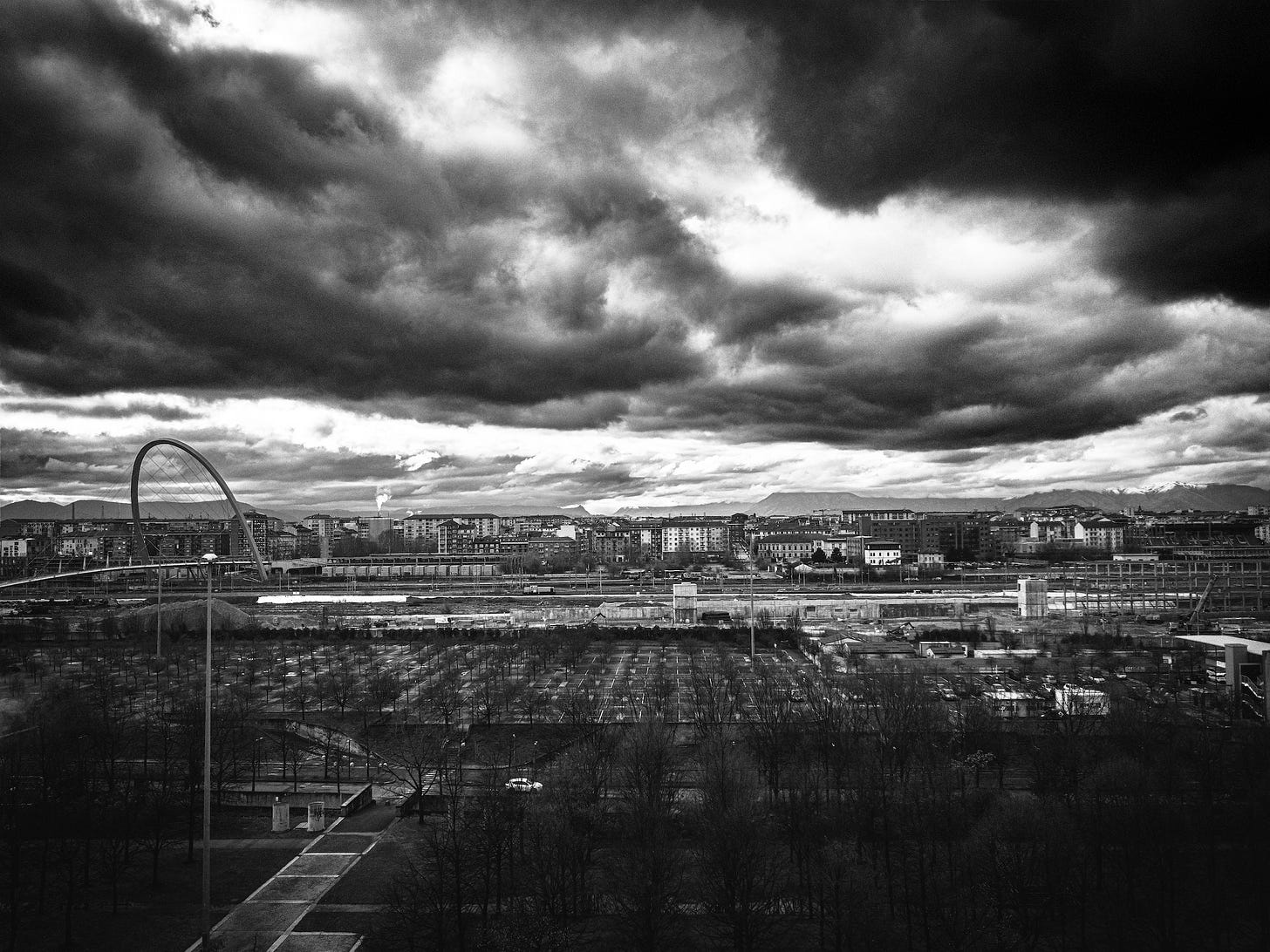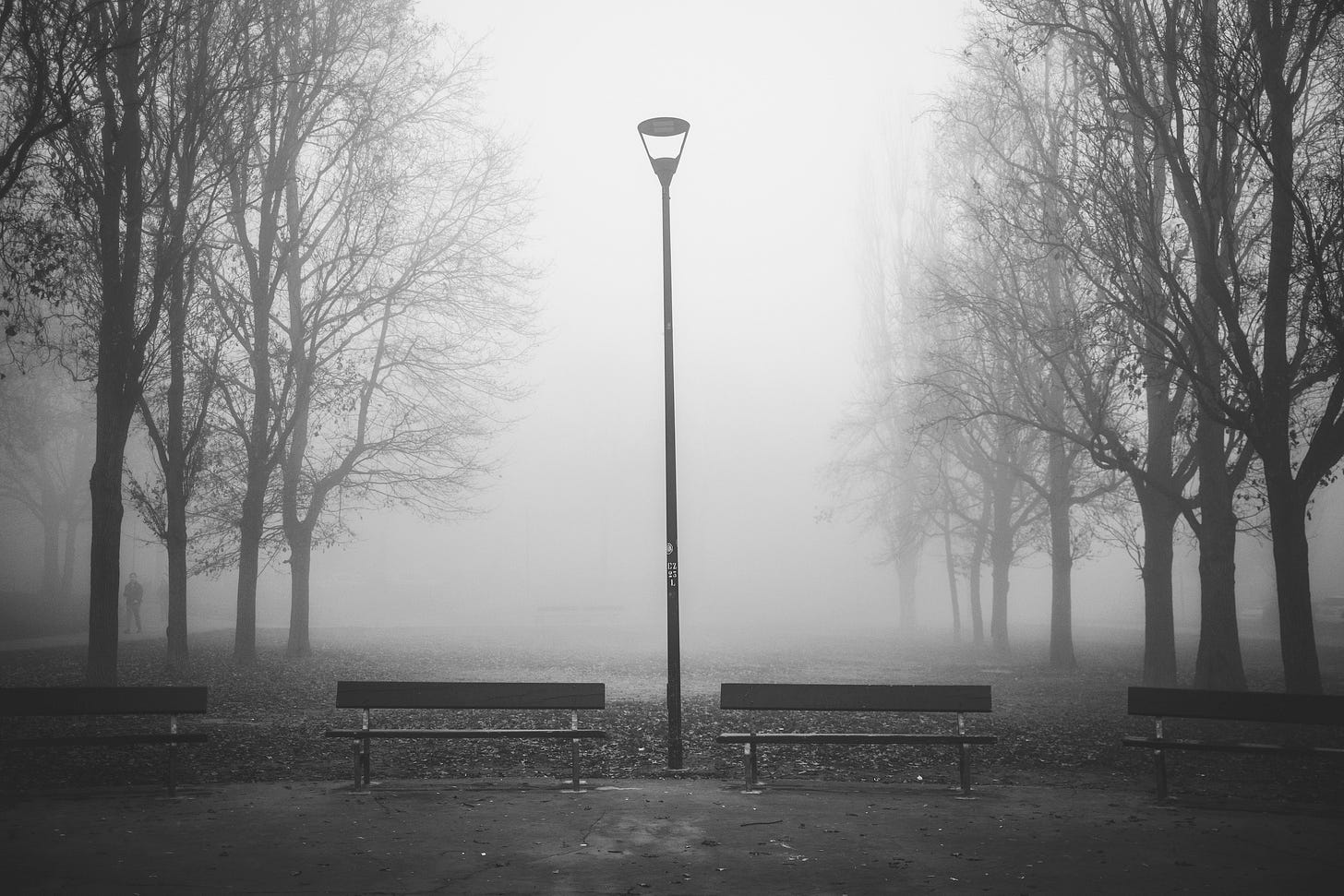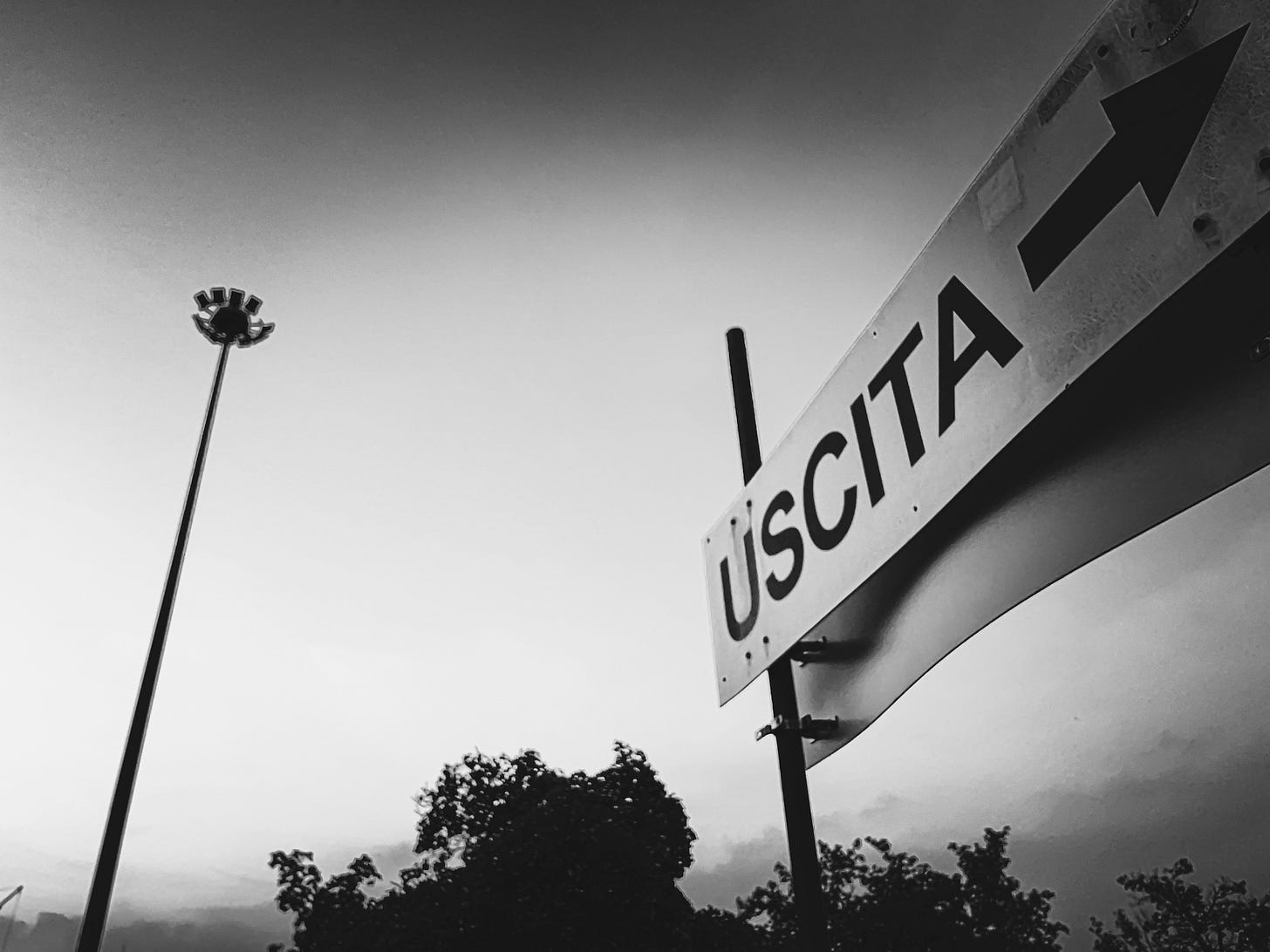By Joel Schalit
I never believed in black and white. As one of the last generations to grow up with a monochrome television, I can still recall the thrill of getting our first colour unit at home.
Plenty of black-and-white programming continued through the 1980s. But, watching sitcoms like All in The Family, with its loaded racial politics, in full colour, felt more real.
I didn't get my own TV until I was a PhD student in the mid-1990s. By that point, digital cameras had started to appear, but punk friends stood their ground with film for the colour.
An ex-girlfriend became so obsessed with producing retro imagery that she bought used Soviet Zenit cameras and entered vintage photography contests in Austria and Turkey, which she won.
For her, black-and-white shooting wasn't the past. It was all about imprecise, dreamy colours, recalling an era she never knew as an adult. Digital was soulless and technocratic, like CDs.
Personally, I've always avoided nostalgia. Contemporary everything, in all of its unselfconscious glory, was fine, if not ugly, and my political photography reflected that.
That is until I got my first DSLR and found I could only afford to buy aged film lenses that fit my Pentax cameras. They didn't always work properly but produced vintage-adjacent results.
I never felt the need to return to analogue-style photography until 7 October. The onset of the Israeli-Palestinian war and its retro-nationalism made everything feel very 1940s.
My response has been to turn to black-and-white images to reflect the moral regress. The photos aren't directly about the conflict, but they reflect the noir it instils in me.
It hasn't been hard. I grew up with parents who experienced WWII as adults and grandparents born in late 19th-century Palestine and Eastern Europe. Parts of my vision descend from theirs.
Photography is a perfect medium for projecting origins. Fetishising vintage photographic styles is a way of reconnecting with family history and working through inherited trauma.
Still, the images we capture are the bottom line. The kinds of lenses we use and the film simulations we may apply to them have autobiographical value but are secondary to the subject matter.
The photos in this week's edition of Aperture Priorities were shot in RAW format using a Fujifilm X100V digital rangefinder and an iPhone 13 and made monochrome in Adobe Lightroom.
****
Photographs courtesy of the author. All rights reserved.




